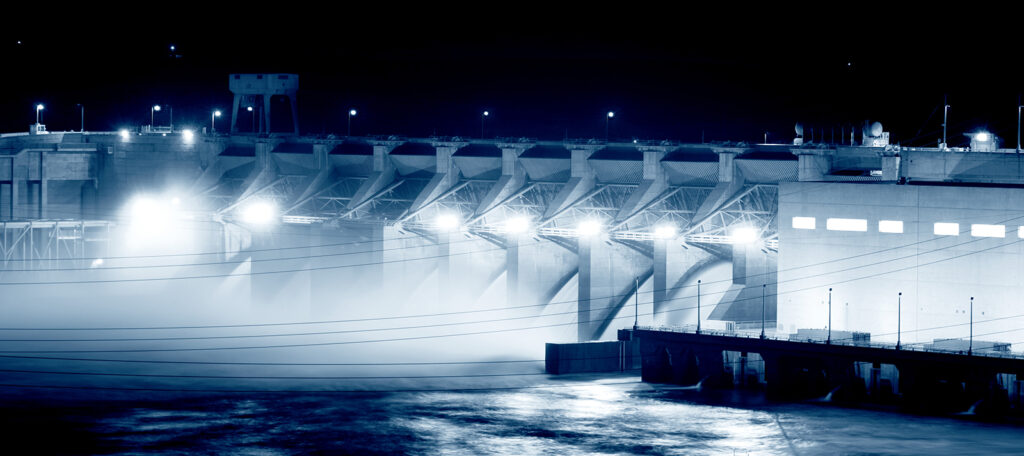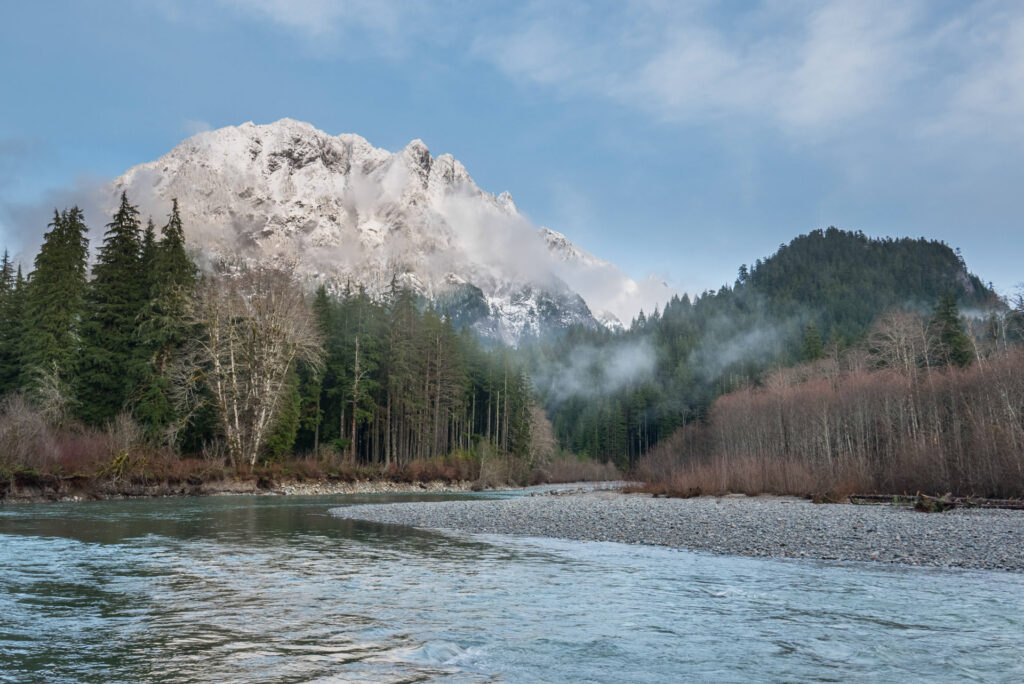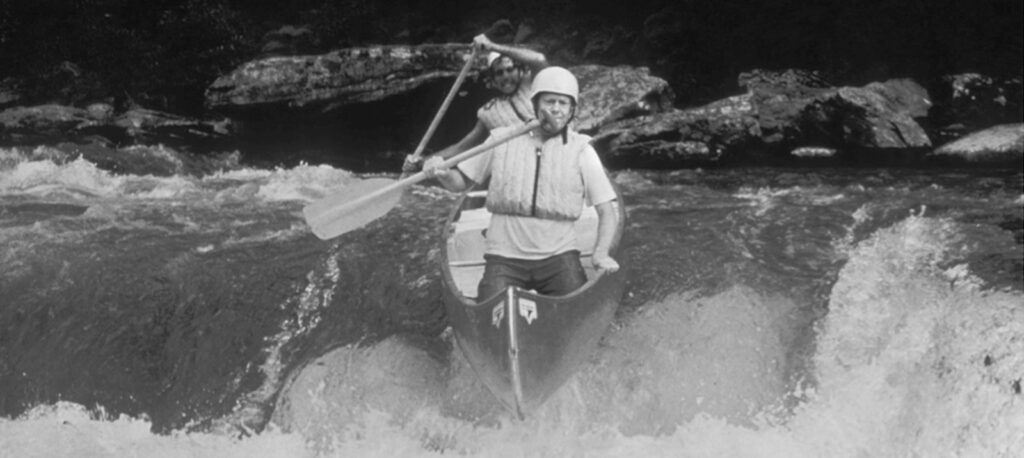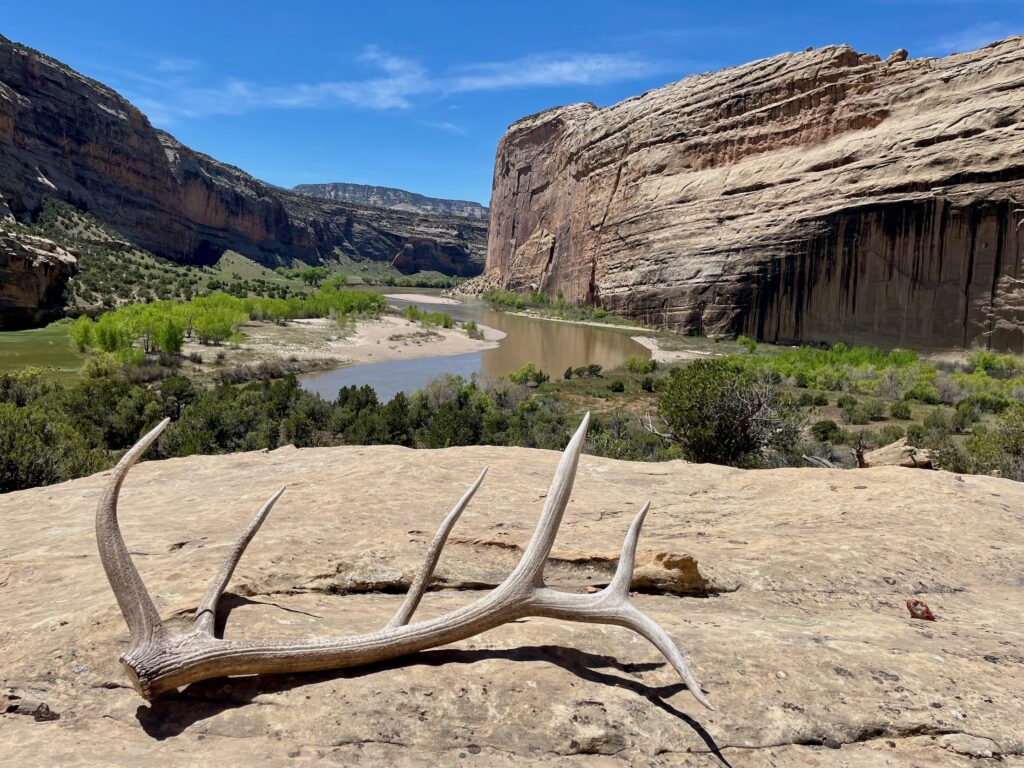
The salmon and steelhead of the Snake River are magnificent creatures, traveling more than 900 miles from the sea to spawn in Idaho’s high mountain streams– the largest block of healthy salmon habitat remaining in the lower 48 states.
They are an icon of the region, central to our lives and identity, and to the health of the Northwest’s environment and economy. And they are threatened with extinction, due in large part to the impacts of the four lower Snake River dams.
[su_youtube_advanced url=”https://www.youtube.com/embed/EvDsz4f4-k8″ width=”1000″ height=”520″ rel=”no” https=”yes”]https://youtu.be/mbpmAJq4XWw[/su_youtube_advanced]
The salmon and people of the Northwest had reason to cheer earlier this month when a federal judge ruled the current salmon recovery plan is insufficient. The ruling sided with American Rivers and our partners, and we are hopeful it will finally put the region on a path to a real and lasting solution.
Bob Irvin, President of American Rivers, wrote:
In particular, the court found that the federal government had failed to adequately consider the impacts of climate change on the Columbia River system. In addition, the court found that the federal government had failed to prepare an environmental impact statement considering a range of alternatives for the Columbia River system, as required by the National Environmental Policy Act. Judge Simon specifically noted:
Congress enacted the National Environmental Policy Act to ensure a process in which all reasonable alternatives are given a “hard look” and all necessary information is provided to the public. In addition, a central purpose of an environmental impact statement is “to force the consideration of environmental impacts in the decision-making process.” For example, the option of breaching, bypassing, or even removing a dam may be considered more financially prudent and environmentally effective than spending hundreds of millions of dollars more on uncertain habitat restoration and other alternative actions.
Judge Simon ordered the National Marine Fisheries Service to create a new biological opinion and an environmental impact statement no later than March 1, 2018.
This is the fifth time in this long-running litigation that a federal judge has found that the operation of the dams on the Columbia River system, which includes the four lower Snake River dams, jeopardizes the continued existence of endangered salmon. This latest ruling makes clear that the federal government must consider the option of breaching, bypassing, or removing dams in evaluating alternatives for operation of the Columbia River system.
American Rivers has long maintained that any conversation about removing the four lower Snake River dams must include a discussion about replacing the services they provide with cost effective alternatives. Power from the dams can be replaced through a combination of energy efficiency, new renewables like wind, and perhaps changes in the operation of the region’s other dams. Grain currently transported on lower Snake River barges can be moved on upgraded railroads, highways, and Columbia River barges. Irrigation is only provided from the lowermost of four lower Snake River reservoirs, and that water could also be pumped from a free-flowing river.
What are the benefits of dam removal, beyond restoring vital salmon habitat? Removing the four lower Snake dams would bring substantial recreation benefits, reduce the risk of flooding in Lewiston, Idaho, and reduce or even eliminate pressure on Idaho farmers to forgo irrigation for the benefit of downstream salmon. Dam removal would also likely be cheaper in the long run for taxpayers and electricity ratepayers, as it would reduce mitigation costs for the rest of the Columbia River dams.
In the Columbia-Snake basin, a win-win solution will be one that restores abundant, harvestable wild salmon, fosters investment in new renewable energy, ensures sufficient water supplies and transportation infrastructure for farms and communities, and reduces risk of flood damage. Reaching this outcome will require strong leadership from the White House, Northwest governors, and the Northwest congressional delegation. These leaders should encourage and even demand that Columbia Basin stakeholders get together to forge a comprehensive plan to restore imperiled salmon and protect and enhance region’s economy and quality of life.
As other river and water management settlements around the West have demonstrated, it takes hard work to chart out a win-win solution, but it is possible. We still have a lot of work to do. Together with our partners, we are committed to making the Snake River one of our nation’s great restoration success stories.



